This time of year, we have a lot of sprouts popping up in odd places. We didn’t plant them, they are “volunteers.” Volunteers are a godsend in filling in spaces around the yard with spring flowers, extra lettuces, and even the best tomatoes you’ll ever grow. We call them “Nature’s slap in the face” because they do better than most of the plants we’ve cultivated on purpose.
They don’t need much help from us, and so they tend to be stronger and more adapted to the place where they’re growing. Here’s what’s volunteering in our garden this season:
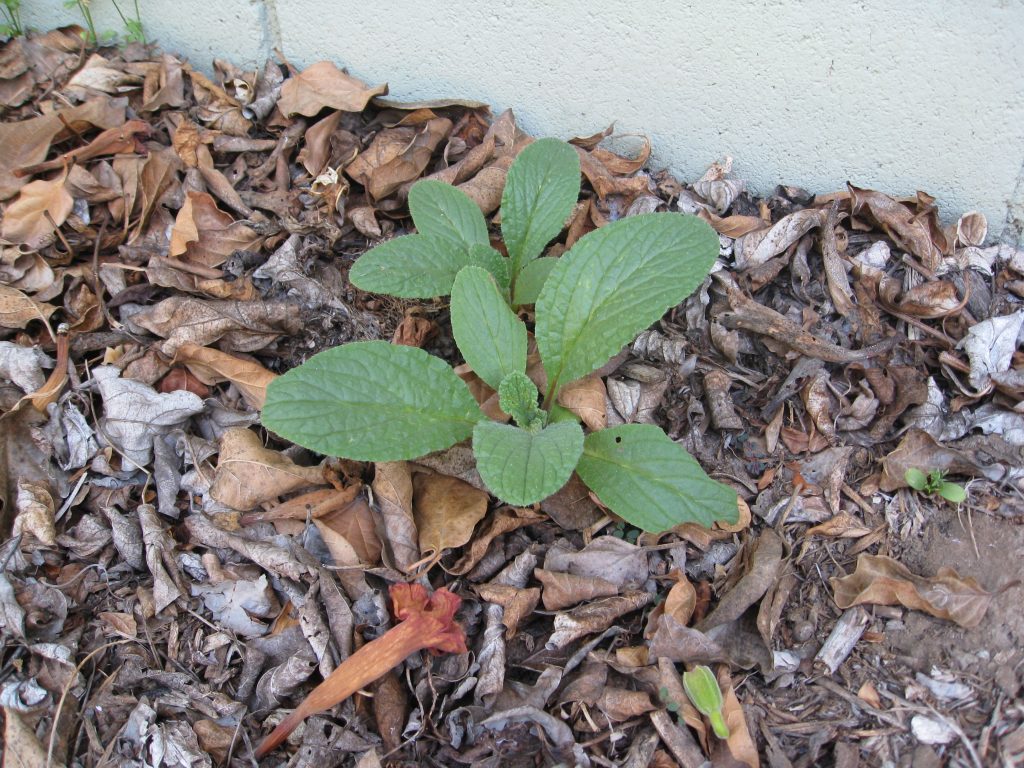
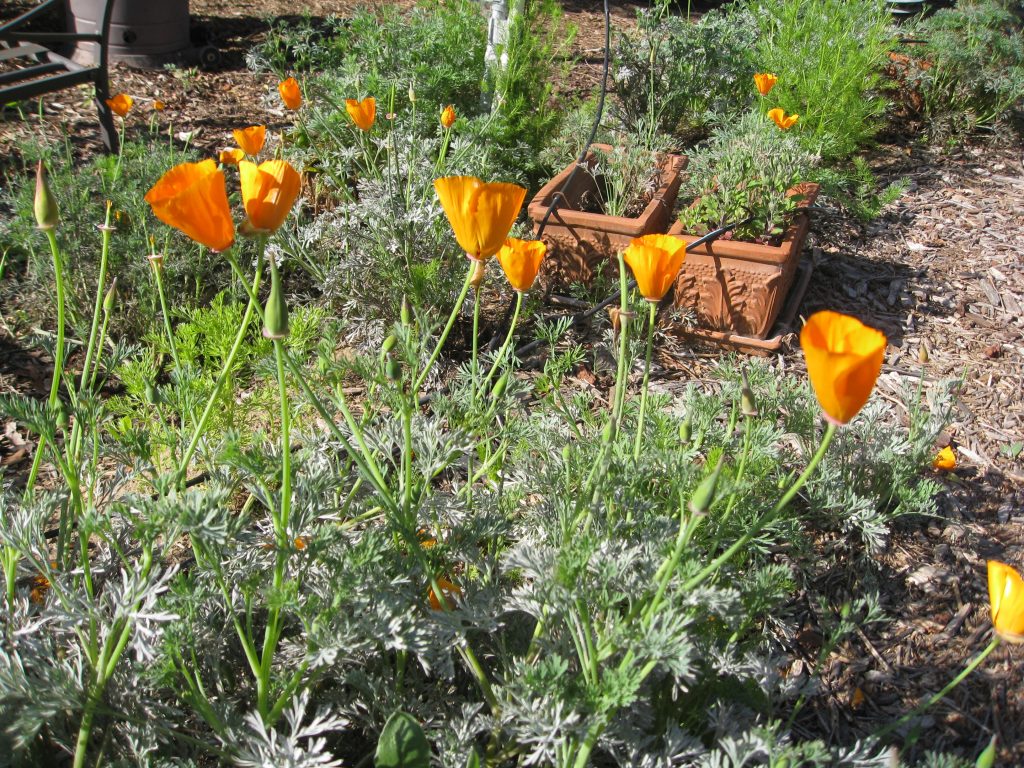
Many of these volunteers are helped along by us gardeners. In August/September, we can grab dry seed pods and scatter them in new spaces. We did that to help propagate volunteers in seasons to come.
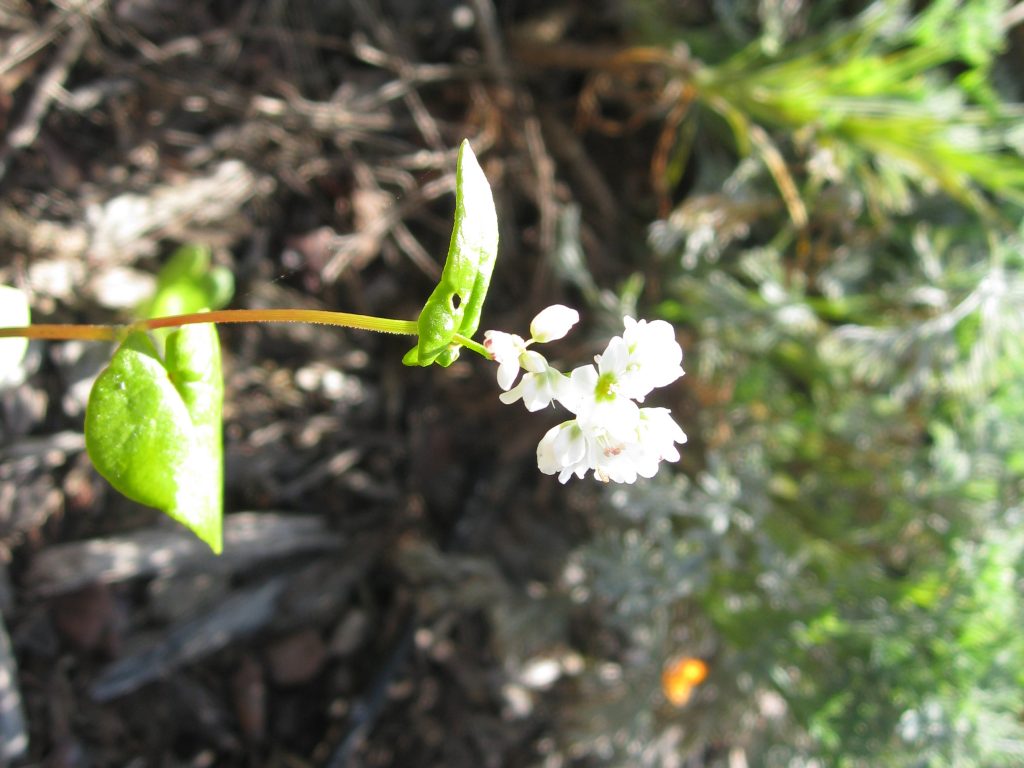
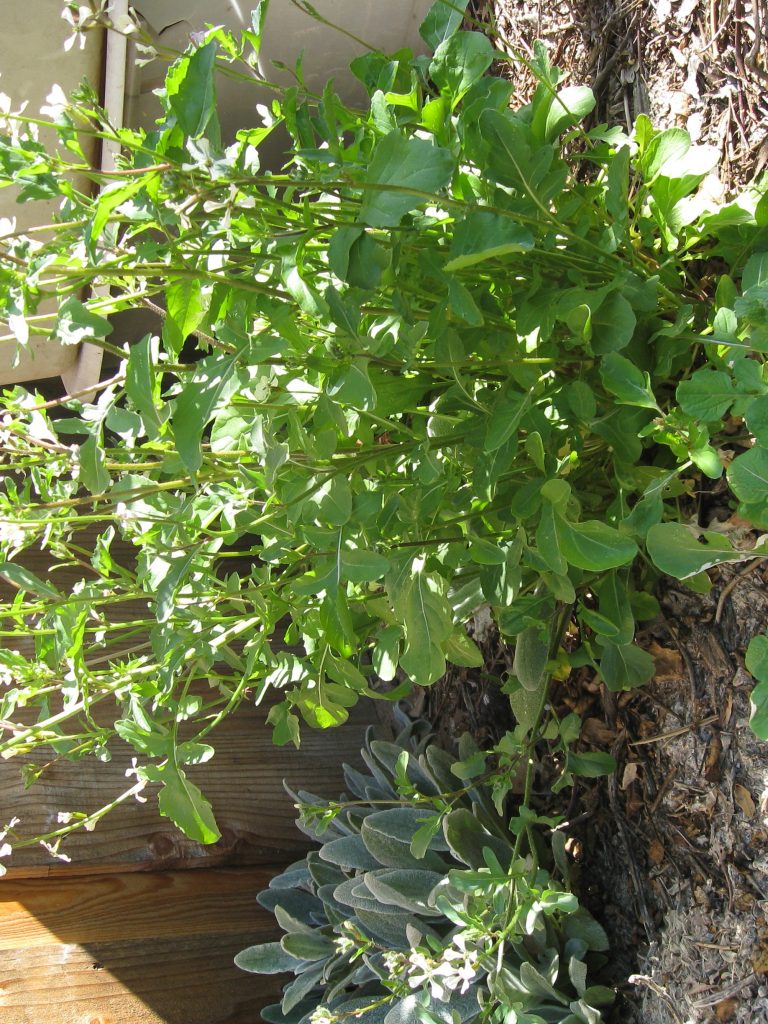
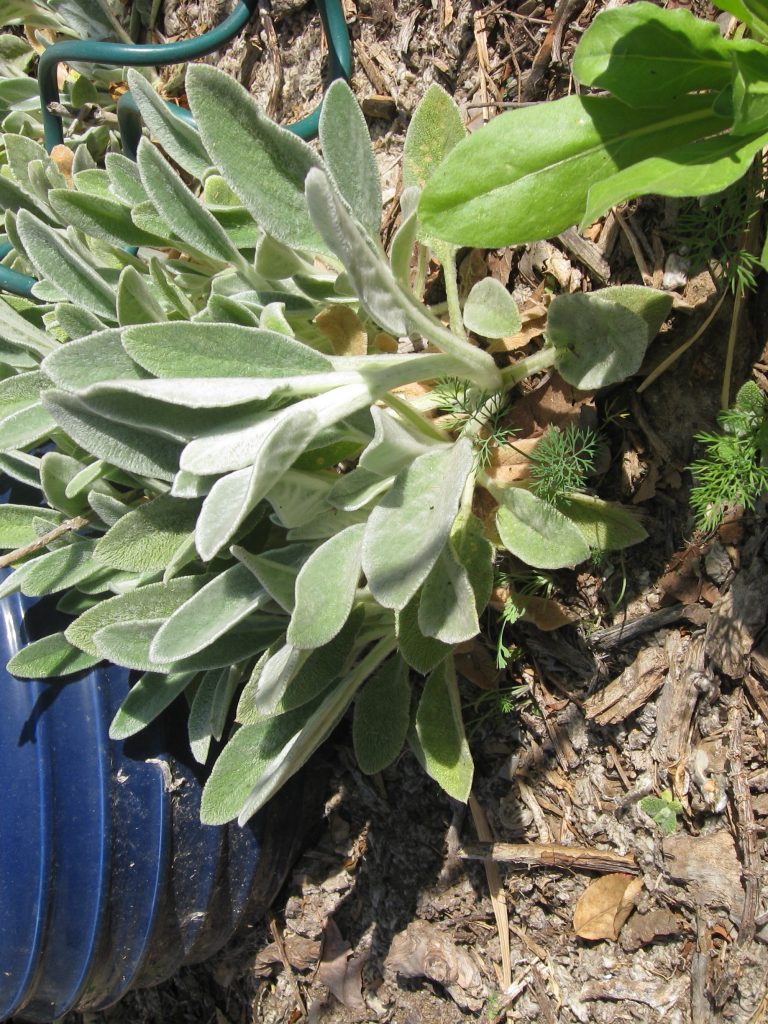
Lambs ears and dill don’t need much help growing from seed. In fact, dill does best from seed rather than buying transplants at the nursery.
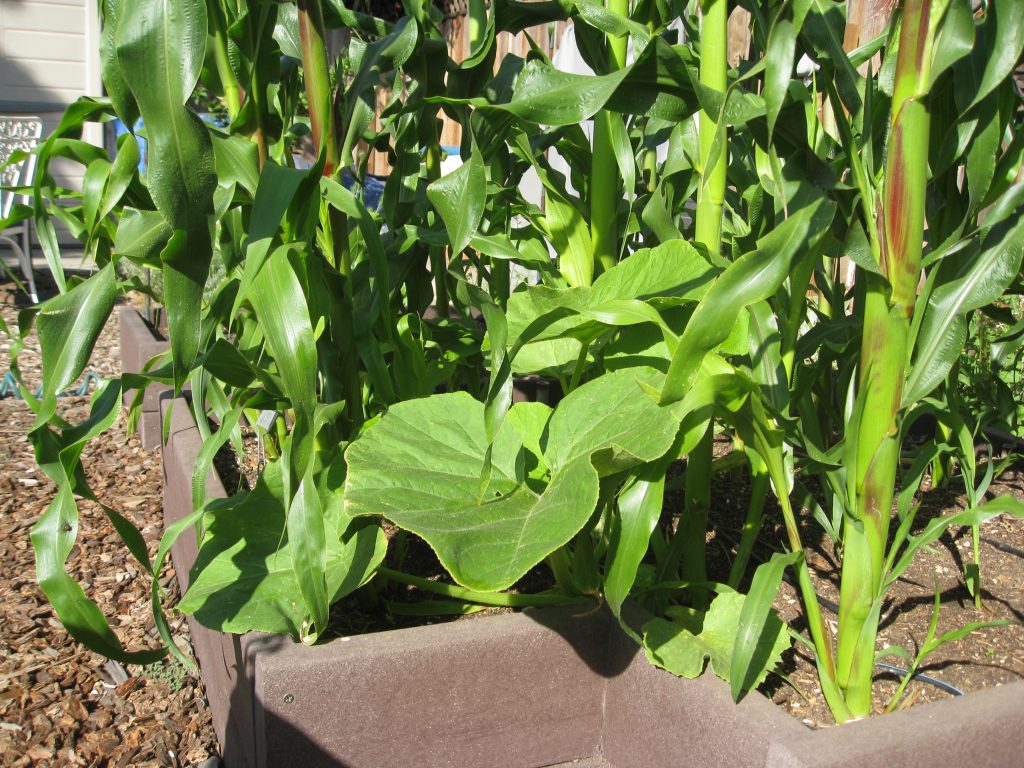
Not that we were trying to do the three sisters garden, but this squash is going to be a living mulch for the corn as it grows.
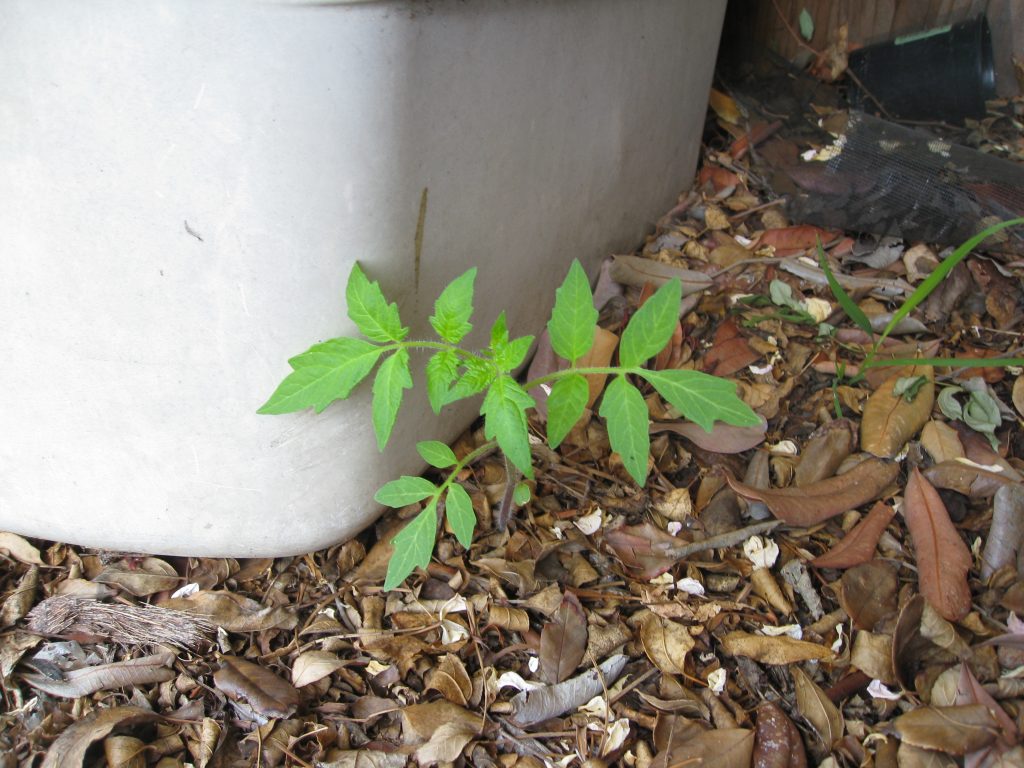
We’ve had good luck with tomato volunteers in this location before. It’s in the shade of a giant Cecile Brunner rose, but it doesn’t seem to mind.
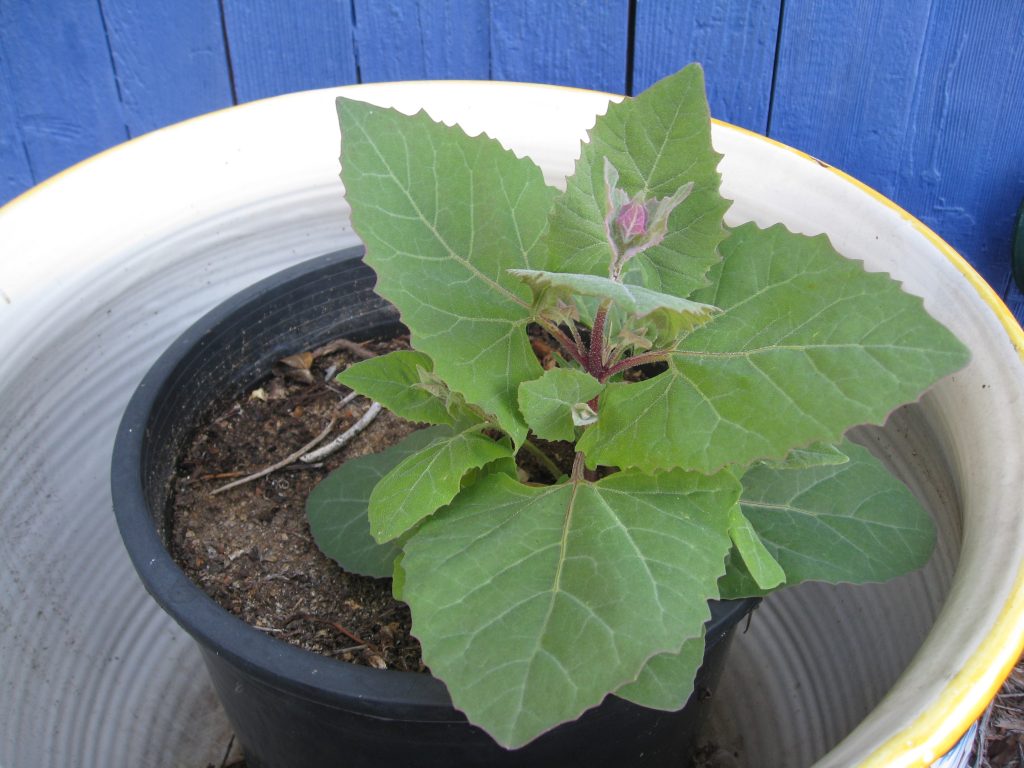
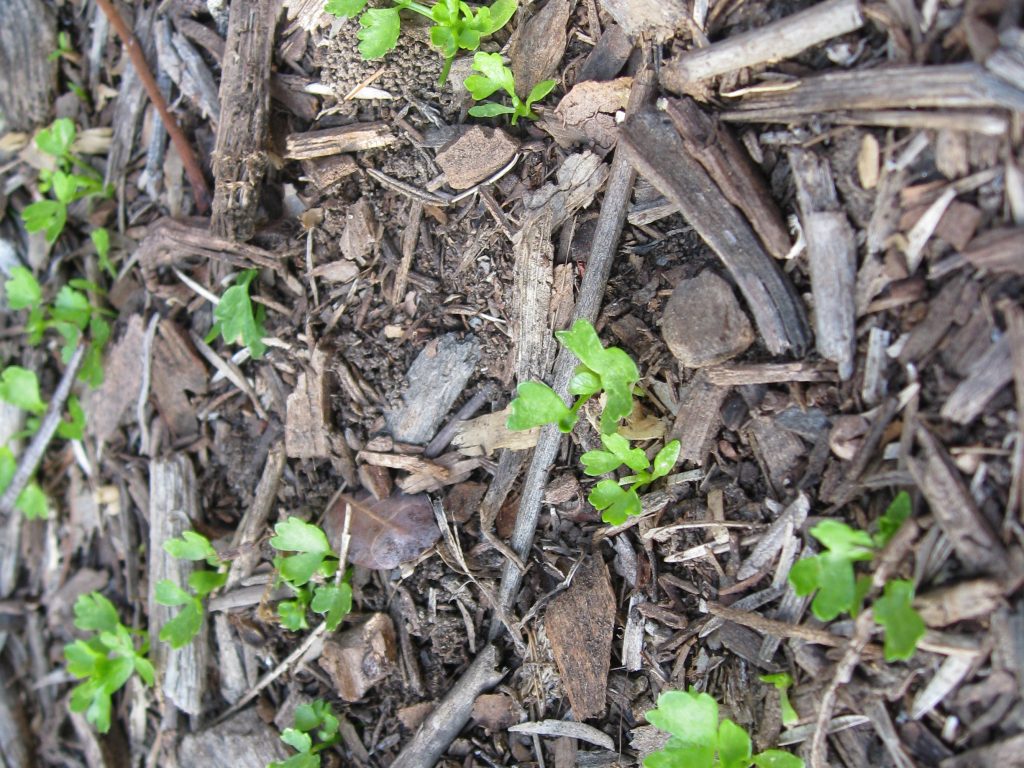
We’ll let this celery grow so the chickens will have something fresh to eat in the summer. They’d never turn down free food (neither would we).
Letting volunteers have their way in your garden makes for broader diversity and offers habitat for beneficial insects. Toss some seeds carelessly and see what happens.

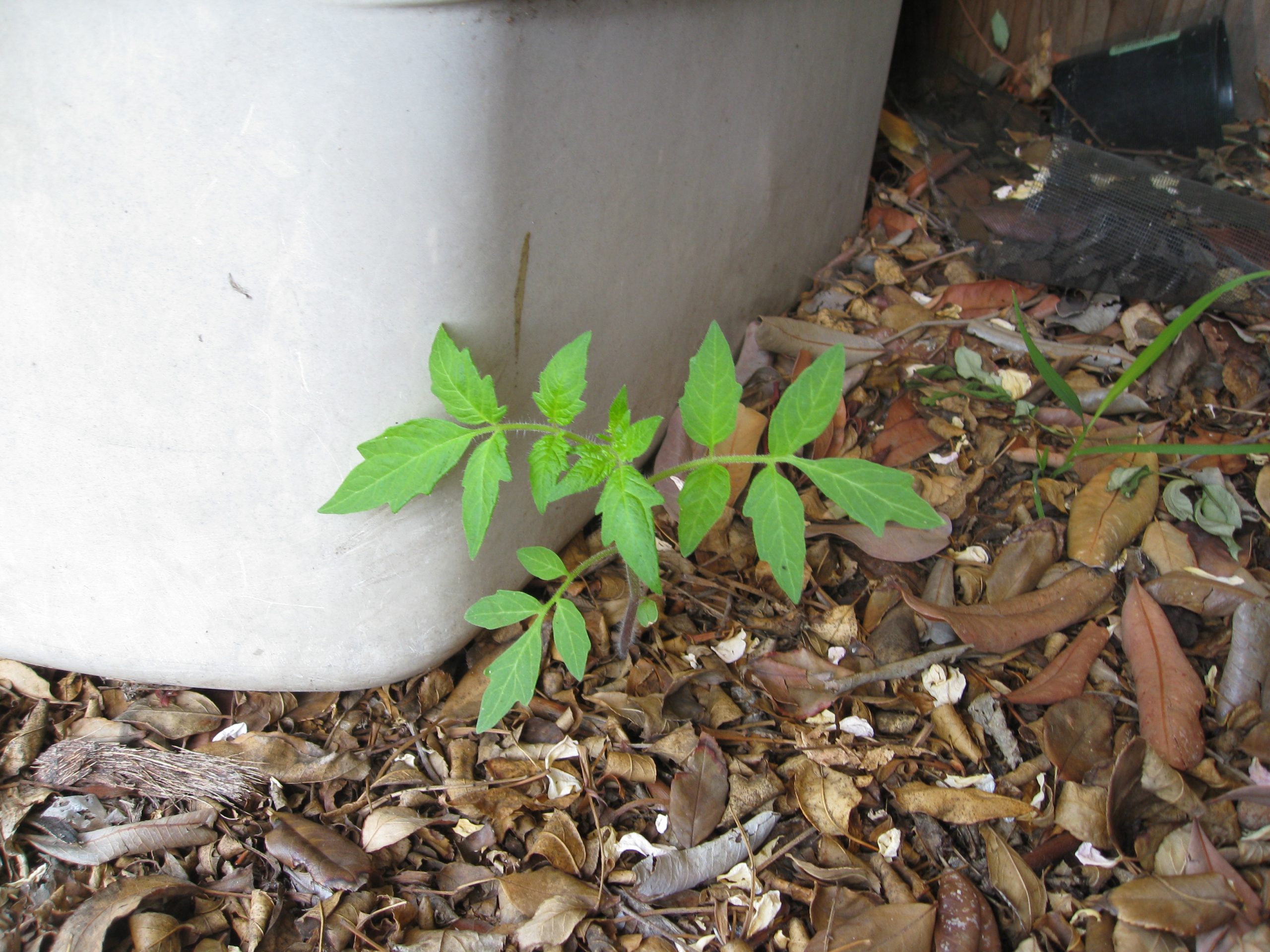


Volunteer plants truly are a blessing from God :). We’ve had a hard time with our tomato plants this year, but the other day I noticed we had some volunteers and they were doing awesome! I was worried we might not have many tomatoes this year, but it’s amazing how God always provides.
I’d like to fill in some of the spots where our other tomatoes didn’t quite make it, but was wondering if it’s a good idea to transplant volunteer tomatoes to a different location. Thanks for your help!
HI Chelsea,
Volunteer tomatoes generally transplant very well, if you catch them you enough. Bury them deep and move them in the afternoon, after the heat of the day is over. Water well with some kelp emulsion and they should do fine. Good luck!
I mean “if you catch them young enough”.
Your photo essay on volunteers most interesting. Over the years I have had many volunteer plants appear not knowing from whence they came. Some were useful, others not. Most of mine were not as useful as the ones that were shown on the blog. Also, enjoy blog very much.